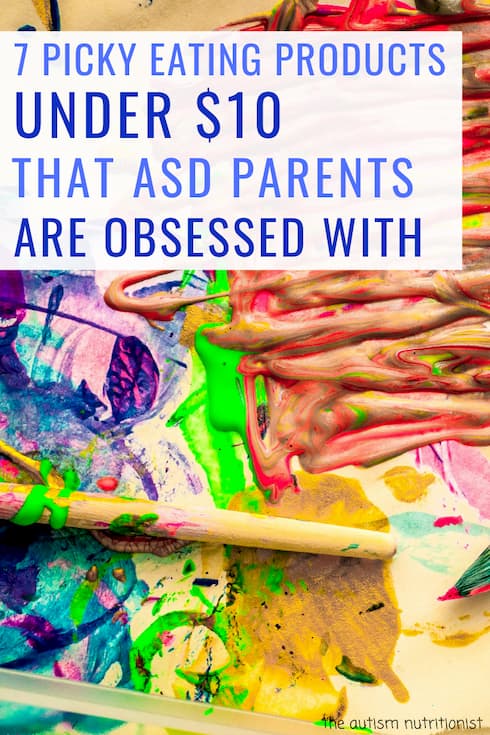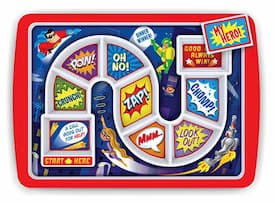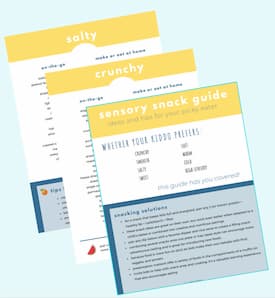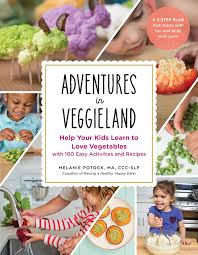
Looking for ways to help your picky eater with autism? These tools have you covered.
These simple products can have a big impact in how your child eats and interacts with food. We’ve got solutions for picky eaters, options for kids with sensory food aversions and texture preferences, a plate that makes eating dinner more fun, and a bunch of special tools that encourage your child to play with food and get in the kitchen.
7 Picky Eating Products Under $10 that Autism Parents Are Obsessed With
A Kid’s Book About Picky Eating and Sensory Food Aversions
Ovis Has Trouble With Eating is about a picky eater with sensory processing disorder. This kid’s book explores the challenges that a family and the child experience when a kid struggles to eat. It’s a relatable way to start looking at some of the ways to help a picky eater with sensory issues and it’s a fun resource to show your child and family that you’re not alone in managing sensory food aversions.
Fruit and Veggie Cutters for Favorite Foods
Let’s play with our food! These food cutters are such an easy way to make food fun and encourage hands-on interactions with foods. I love these for practicing fine motor skills and for encouraging kids to touch foods. They’re also my go-to recommendation for introducing small changes to foods to prevent food jagging. They’re awesome for fruits, vegetables, pancakes, bread, deli meat, sliced cheese, and more.
Natural Food Dye for Having Fun in the Kitchen and Learning to Eat New Colors
Food dye is an exciting way for your child to get involved in the kitchen. Adding dye to favorite foods like yogurt, milk, pancake batter, and even fruit pouches is FUN. But it also encourages exploration, experimentation, interaction, and flexibility. It teaches your child that he or she can eat different colors and that a food’s color doesn’t have anything to do with taste. I love to set up experiments testing different colors of the same food.
Board Game Plate for More Engaging Meal Times
I’m of two minds here. On one hand, I think there’s a lot to be said for having food be the most interesting thing on the table. On the other hand, some kids love the thrill of eating their way through this colorful game-like plate. This plate make your kiddo excited for meal times and actually encourages eating – two major wins for picky eaters on the spectrum!
Kids Apron for Easy Cooking
Getting kids in the kitchen – whether for cooking, looking, or science experimenting with food – is a great way to increase food exposure and improve picky eating. Time in the kitchen helps kids with sensory issues overcome some of their aversions by providing hands-on sensory experiences and exposure to all of the sights, smells, and sounds that come with eating. An apron is a must for kids with tactile sensitivities or fears of getting dirty. Plus, it’s important to look the part. Putting on an apron (and the fun chef’s hat that comes along with it) is like putting on a superhero cape – it’s a transformative outfit that can conquer picky eating for good!
The Ultimate Sensory Snack Guide for Feeding Kids with Texture and Taste Aversions
Because you know that a food’s texture, taste, and appearance can make or break you child’s decision to eat. The Ultimate Sensory Snack Guide is the ideal resource for picky eaters, problem feeders, kids with oral-motor delays, autistic picky eaters, kids with sensory processing symptoms, and any other child who struggles to eat. The Ultimate Sensory Snack Guide contains over 200 snack ideas; at least 30 suggestions for each of kids’ 8 most preferred tastes and textures: crunchy, soft, sweet, salty, smooth, high sensory (big taste or texture), warm, and cold; expert tips; at home and on-the-go options; and much more.
A Play With Your Food Cookbook for Hands On Learning
This almost didn’t make the final cut because the product is over $10, but I can’t have anyone missing out! You know I love playing with food and cooking. One of my favorite books, Adventures in Veggieland focuses on using exposure and hands-on experiences to foster a positive relationship with food. Melanie Potock, a pediatric speech pathologist, helps kids learn to love any kind of food using her Three E’s: expose, explore, and expand. Expect food play, creative tasting, and tons of kid-friendly recipes.










0 Comments